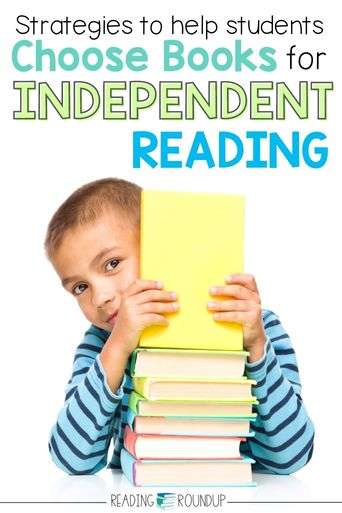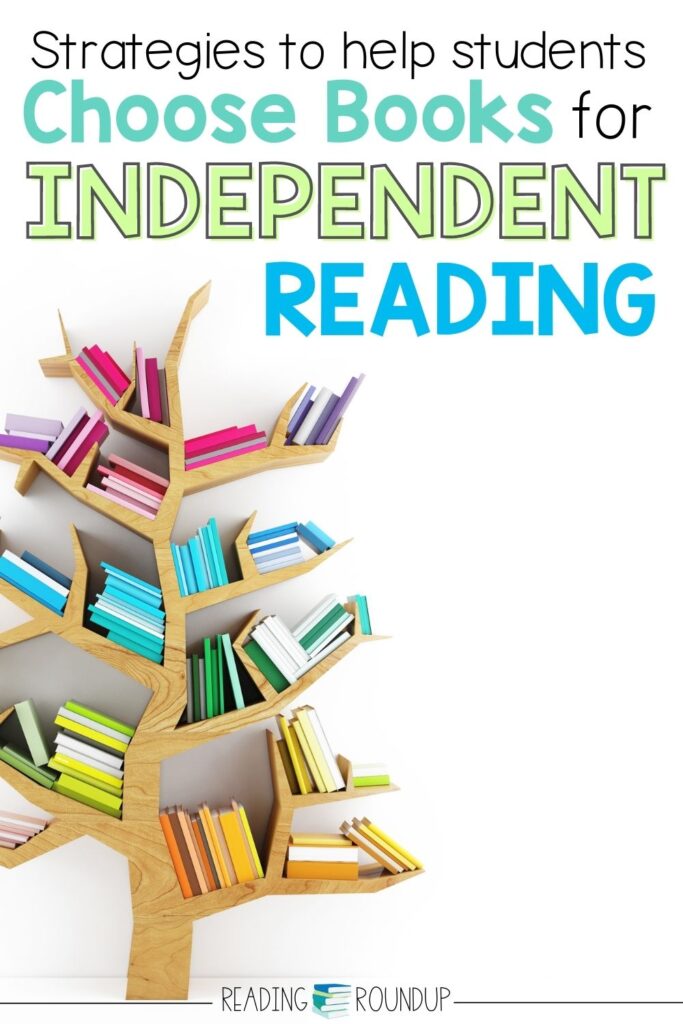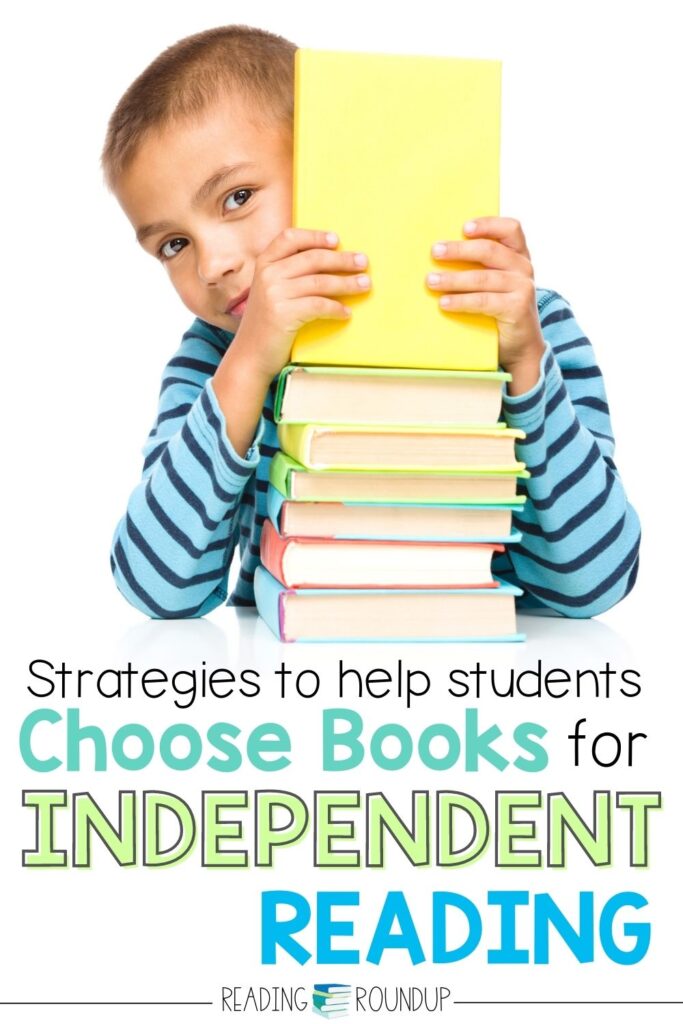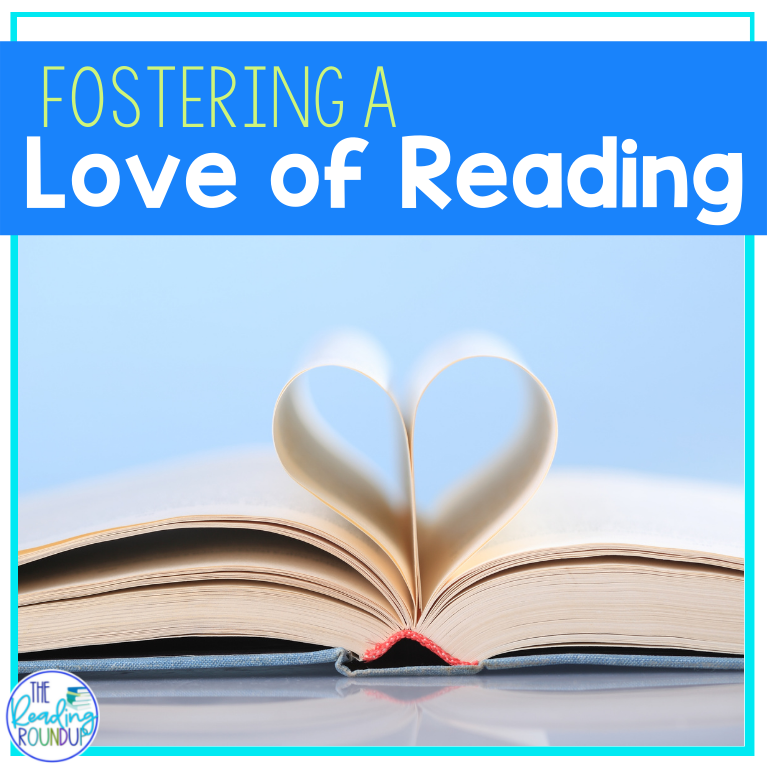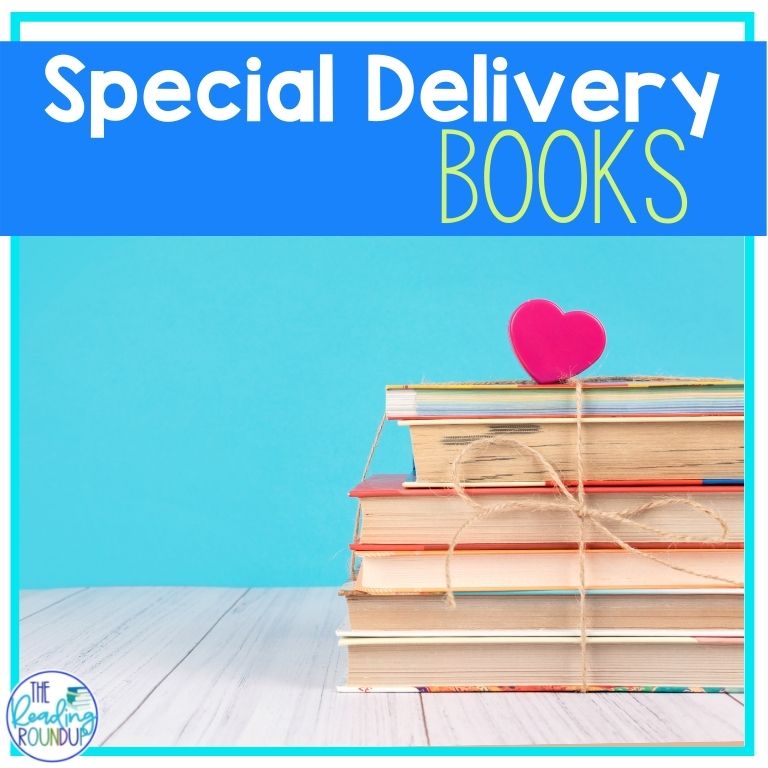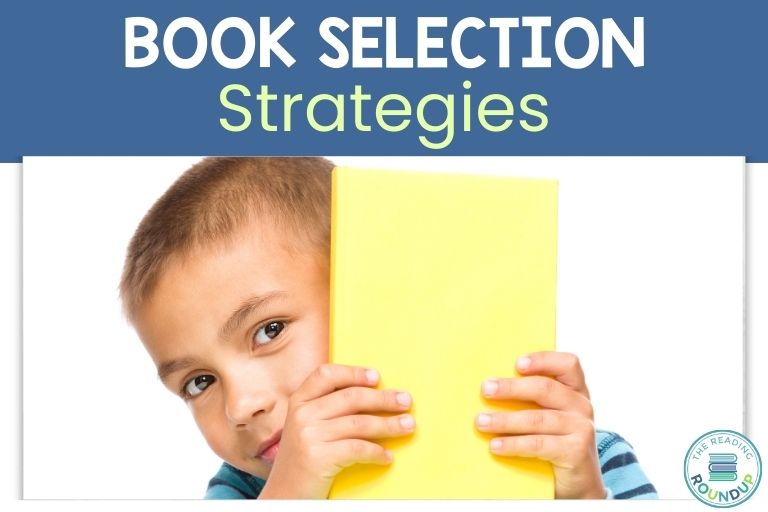
The goal of independent reading is for students to learn about themselves as readers. It is their opportunity to discover their likes and dislikes. They can explore different genres, new authors, and book series to discover what they most enjoy reading. But in order to do that, students need to be able to choose their own books. What are some book selection strategies we can offer our students? Keep reading to find out!
Why is Student Choice Important?
Reading loses its appeal if we only read what we’re told and never get to choose what we actually want to read. That is how we grow as readers and develop our individual reading identities. Obviously, we can’t always let students read a book of their choice and the reality is sometimes they DO have to read what’s assigned. But what a powerful gift to give students some CHOICE in what they read. By making their voices heard and giving them some control of their own learning, we can foster a love of reading.
Book Selection Strategies
These book selection strategies will help students pick books they want to read. Some of these methods rely on teacher support for students who need additional help. While students who are ready to independently choose their books can use the more student-centered approaches.
Reading Interest Surveys

Reading interest surveys are the perfect way to start identifying books students may enjoy. They fill out the survey indicating the types of books they enjoy, any specific books/series they already like, as well as their general interests.
Types of information you’ll want to learn about students:
- Types of books they enjoy: graphic novels, chapter books, how to books
- Genres: realistic fiction, historical fiction, science fiction
- Favorite authors: Mo Willems, JK Rowling, Raina Telgemeier
- Favorite series: Dogman, Diary of a Wimpy Kid, Bad Guys
- Hobbies: sports, art, cooking, music
- Interests: animals, dinosaurs, solar system
Once you have this information you can come up with specific recommendations for students. If you’re unsure of which books a student may like, share results with your school librarian. They are definitely the experts with book selections!
Book Talks
Book Talks are a fun way to introduce students to new books and get them excited about reading. Teachers and students can all present the book talks. You’ll want to find a few minutes a day/week to allow time for these presentations. The beginning or end of reading workshop is usually an ideal time.
You may feel rushed to get fit everything into your literacy block. If that is the case, dismissal is a perfect alternative. As students are sitting waiting for buses to be called they can be sharing their book talks with one another. You may also want to have students record their talks using Flipgrid. Students can use QR codes to view their classmates’ videos when they have time.
These FREE templates will help students get started with their book talks. It may be best for you to model this first before having students do them on their own.

Book Reviews
Students can write book reviews after finishing a book during independent reading. You can provide premade book review templates for them to complete. The reviews can be added to a class collection, which can be a binder placed in your classroom library.
Another option is to go digital with your book reviews. Students can record themselves using Flipgrid. Place QR codes in a binder or on a poster by the classroom library. Students can scan these QR codes to watch the videos when looking for book recommendations.
Book Tastings
Book tastings are a fun way to get students excited about new books. Set up your classroom as a mini restaurant. (You can go all out with this or keep it simple!). Each table will have a different selection of books to sample. You can group the books by genre, series, author, or type depending on your goal. Students will have time to explore the books and then record their thoughts. You’ll then serve them the next set of books to repeat the process. By the end of the tasting, the students should have ideas of specific books, genres, series, or authors they would like to read!
Book Menus
Book recommendations menus provide students with suggestions based on their favorite books or topics. The Book Wrangler has an amazing FREE resource that suggests books based on popular kids’ books. Such as “If You Like Dogman, you’ll like…” I made a binder of book menus that I keep in my classroom library. Our librarian made posters of the most popular kids’ books and has those recommendations hanging in the library. These provide quick visual recommendations for students when choosing a new book.
Student Self Reflection
Ultimately we want students to make book choices on their own. To get to that point, we need to model these behaviors. You can do this by displaying anchor charts such as “I Pick” to help students self-select a book. You may also want to model questions they can ask themselves to help pick a book.
Questions students may ask themselves:
- What do I want to learn about?
- What are my favorite series? Do I want to read more of these books?
- What type of book am I looking for?
- Does the cover look inviting?
- Does the title sound interesting?
- Does the blurb make me want to find out more?
- Does the length seem like a good fit?
- Do the words seem easy for me to read?
Keeping Track of Book Selections
Students can keep a list of the books they want to read. It can be on a premade recording sheet or a specific page in their readers’ notebook. You’ll need to remind them to refer back to their list as it is not something they will naturally do on their own.
Teachers can also keep track of book recommendations they think specific students would enjoy. Sharing these suggestions can be part of your routine when conferring with readers. I’ve established a “Special Delivery” routine where I share new books with my students. It has been a fun way to get students excited about reading!
What other book selection strategies have you provided for your students? How do you help them keep track of the books they want to read? Share in the comments below!

Want to Pin this for later?
